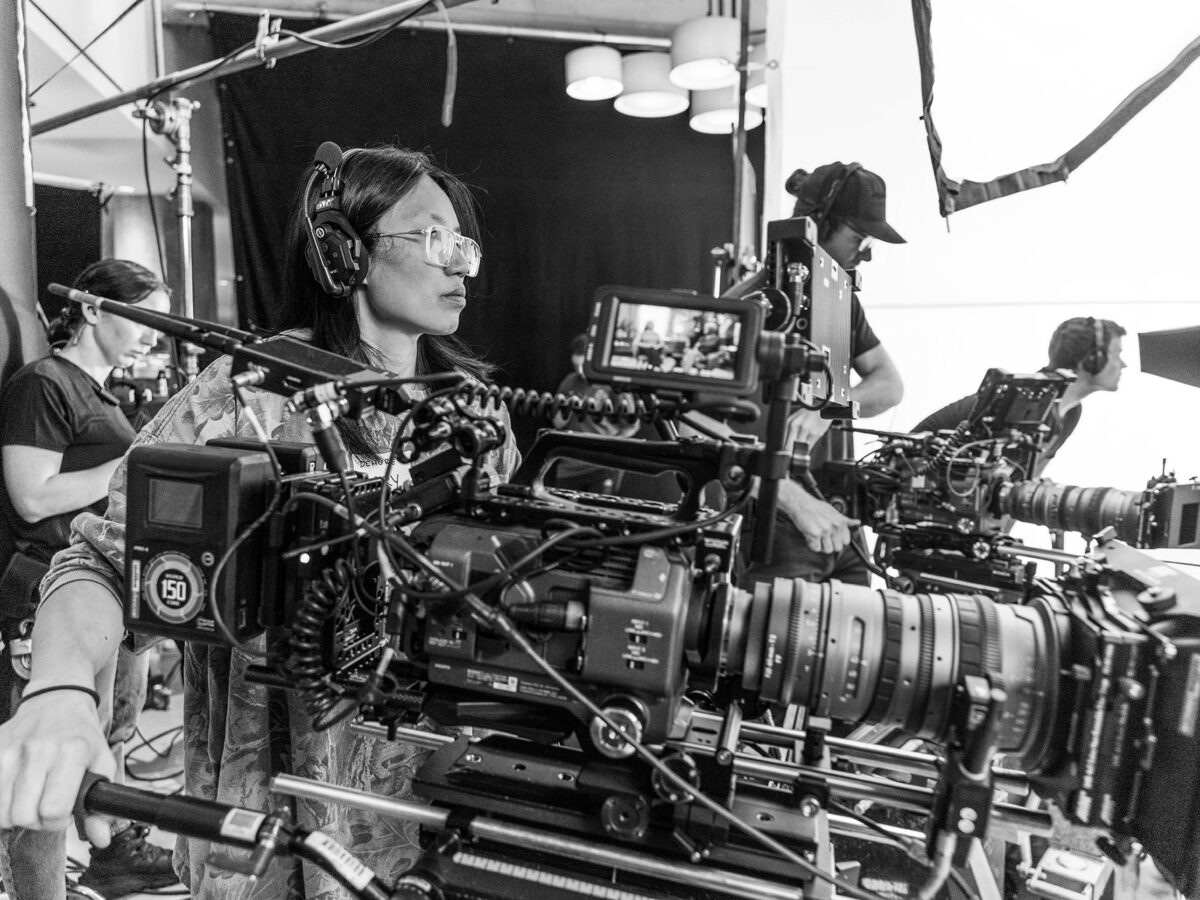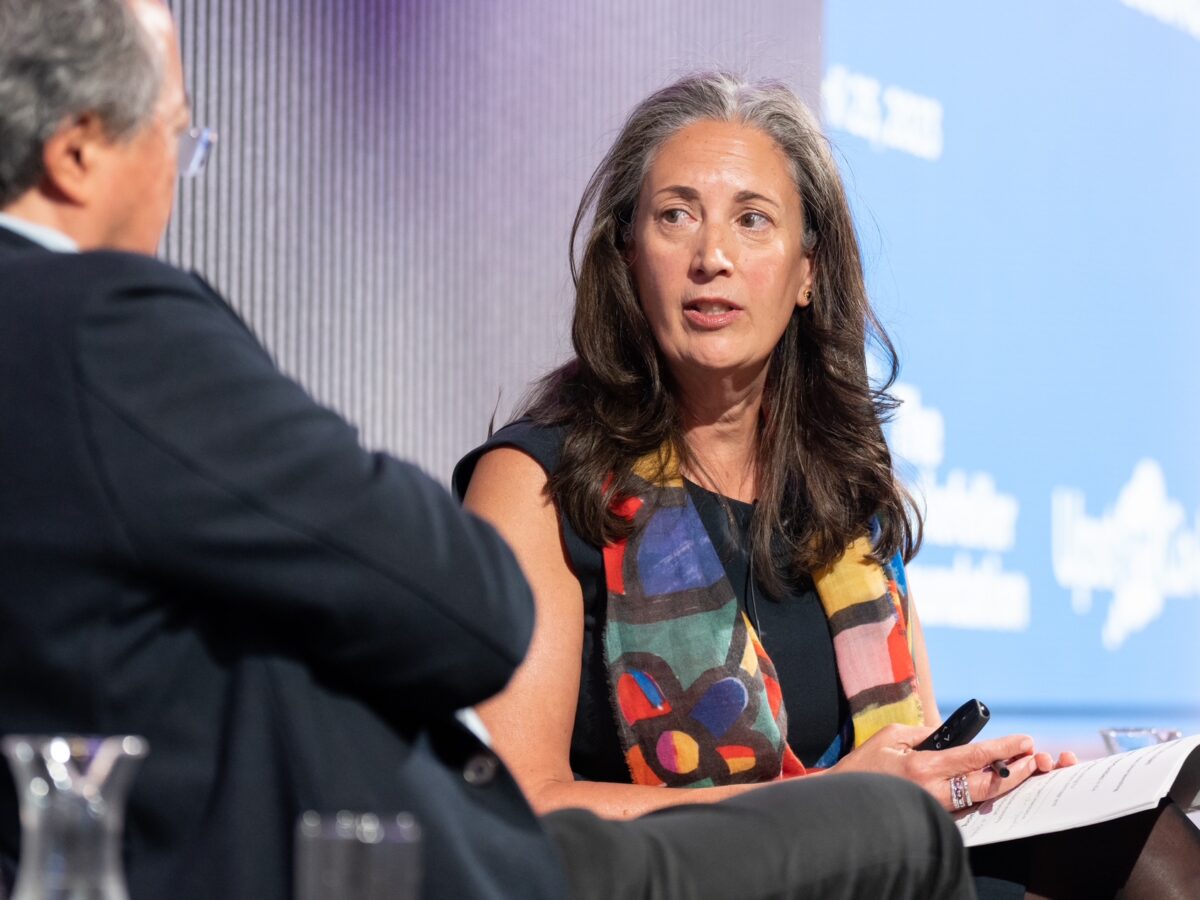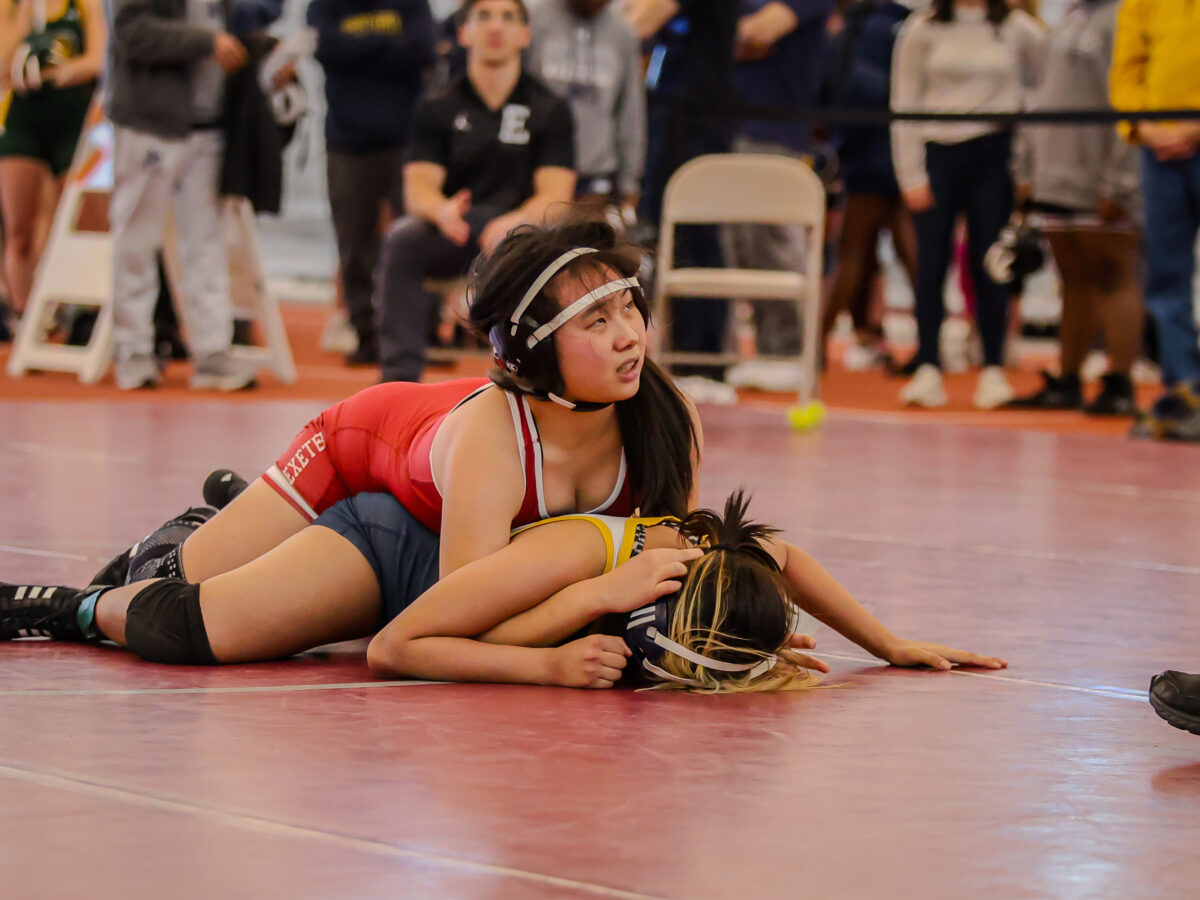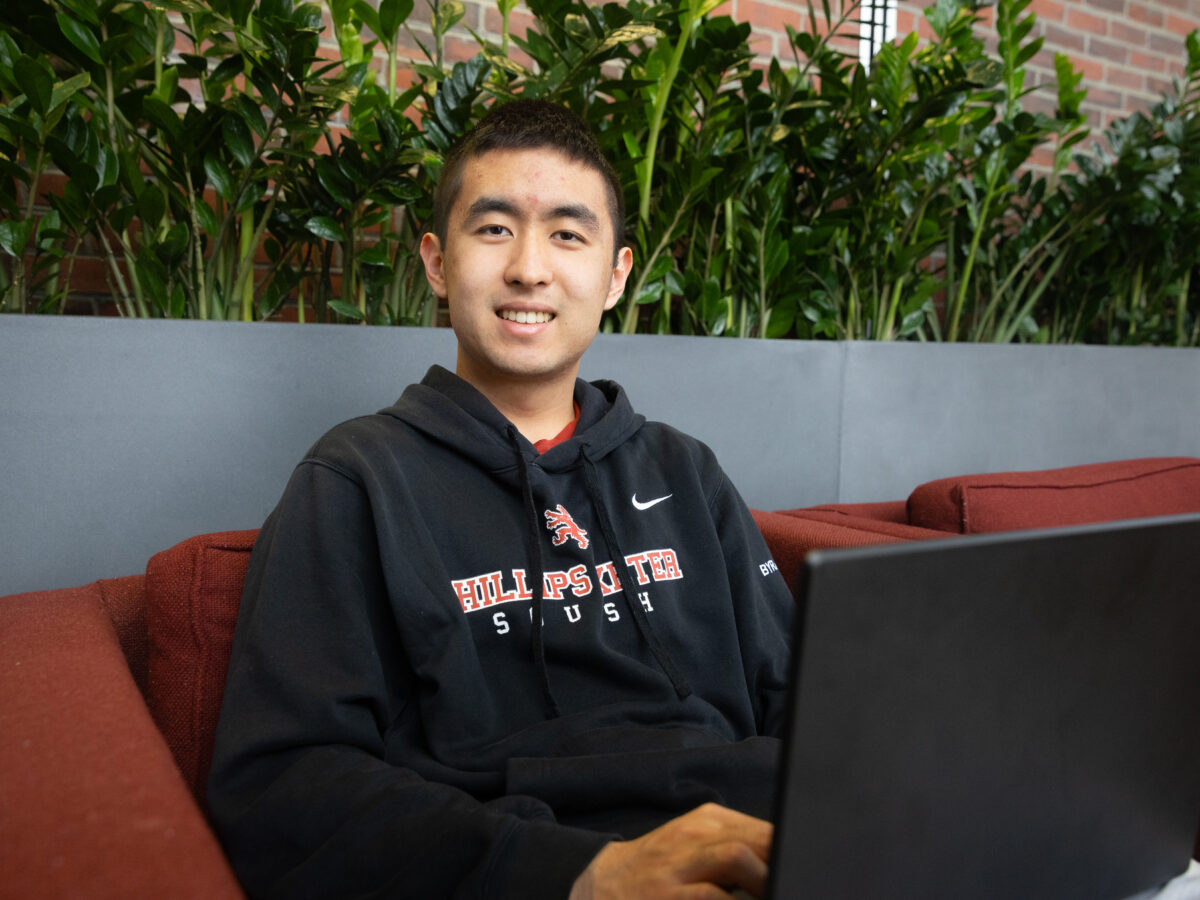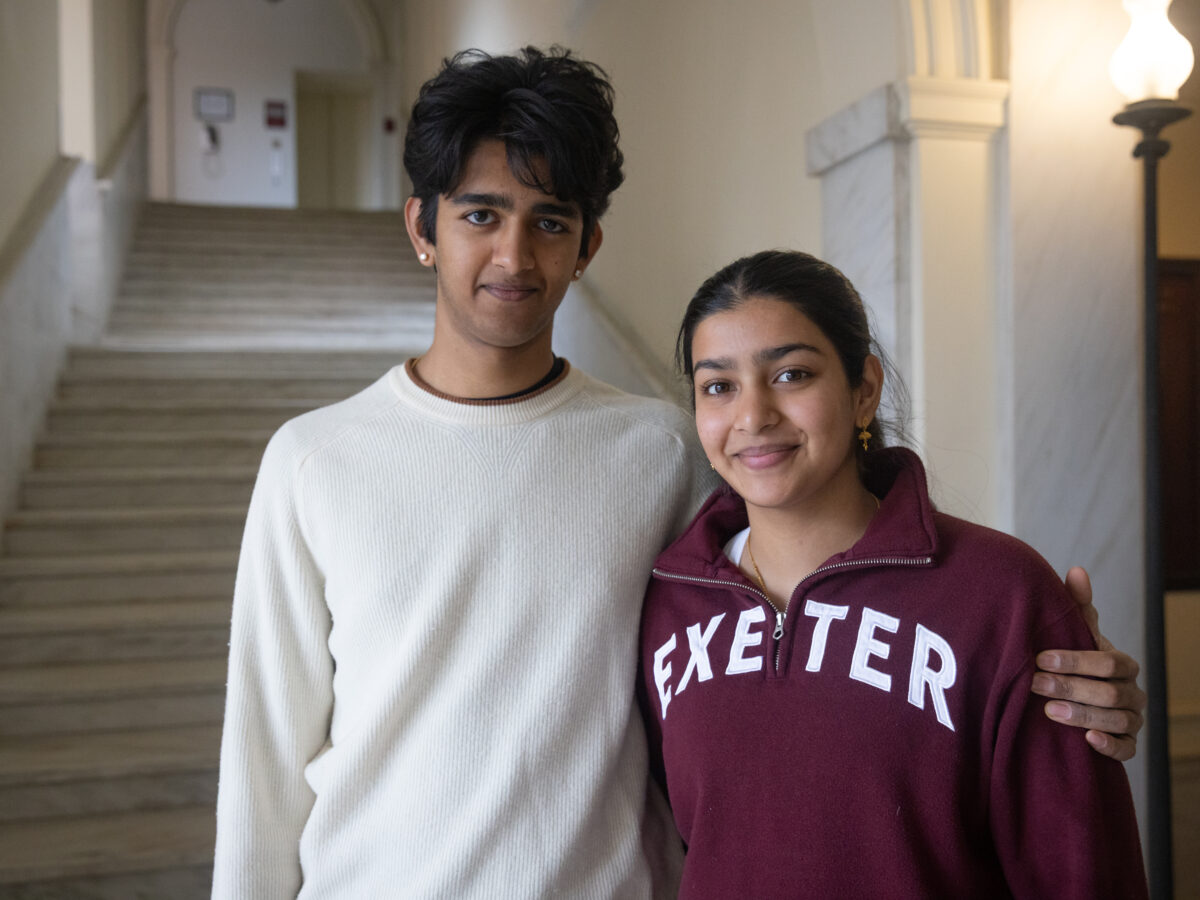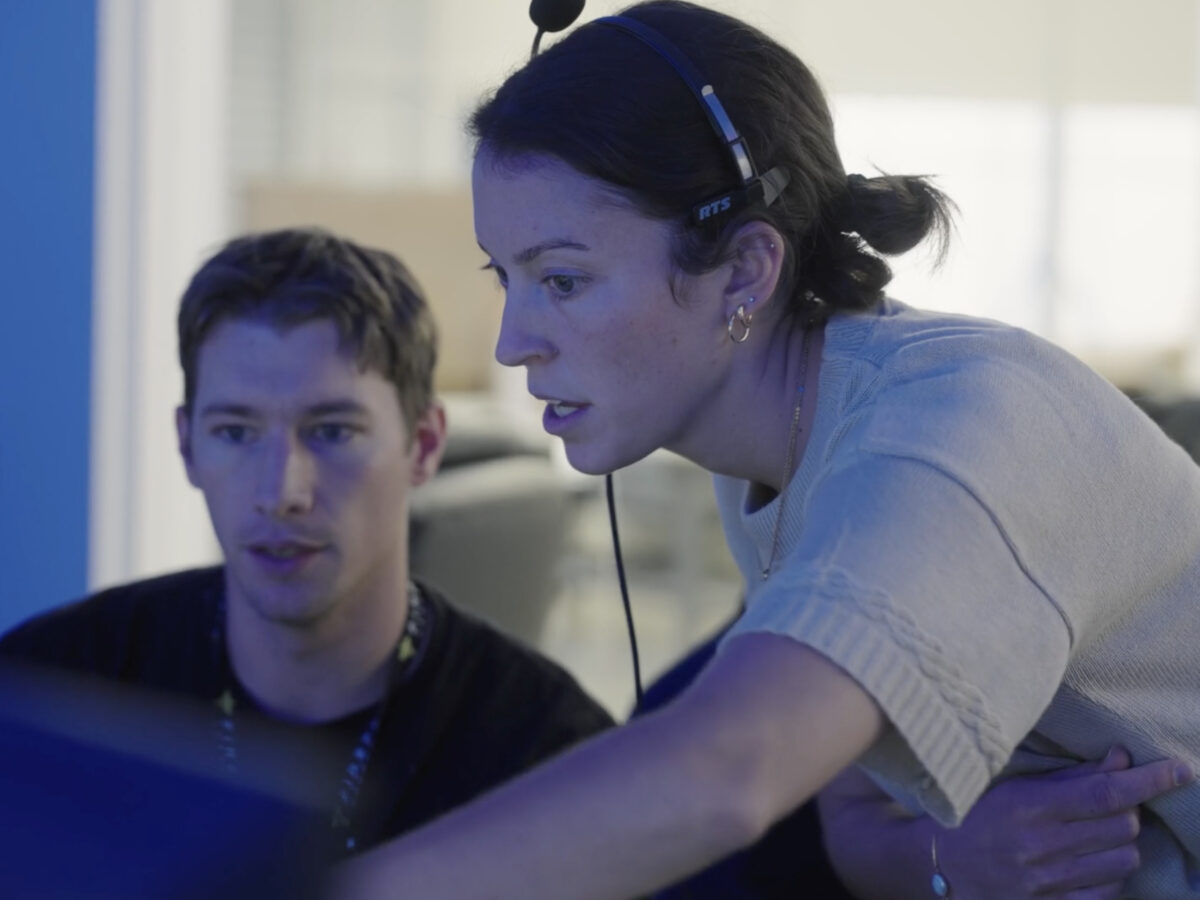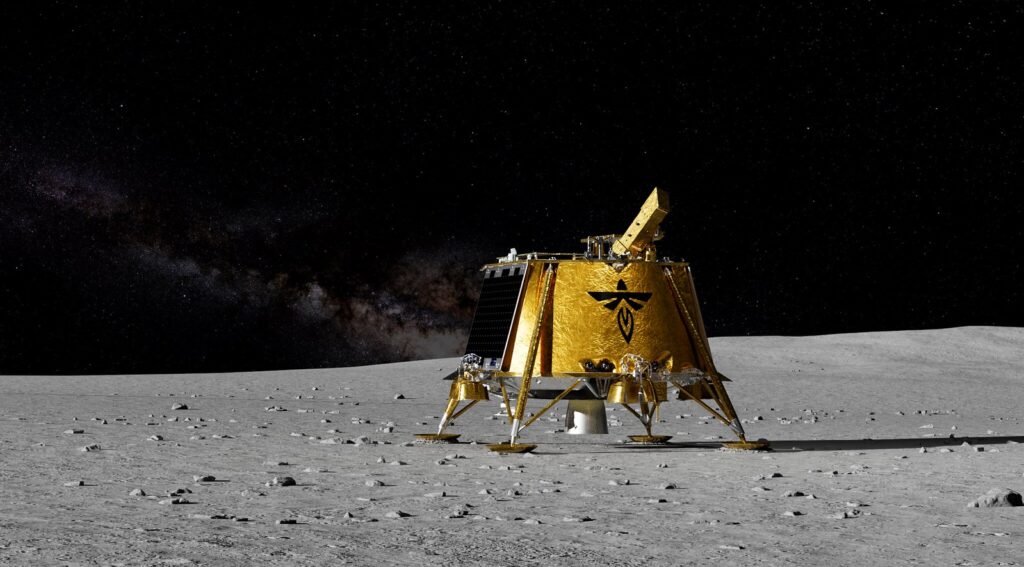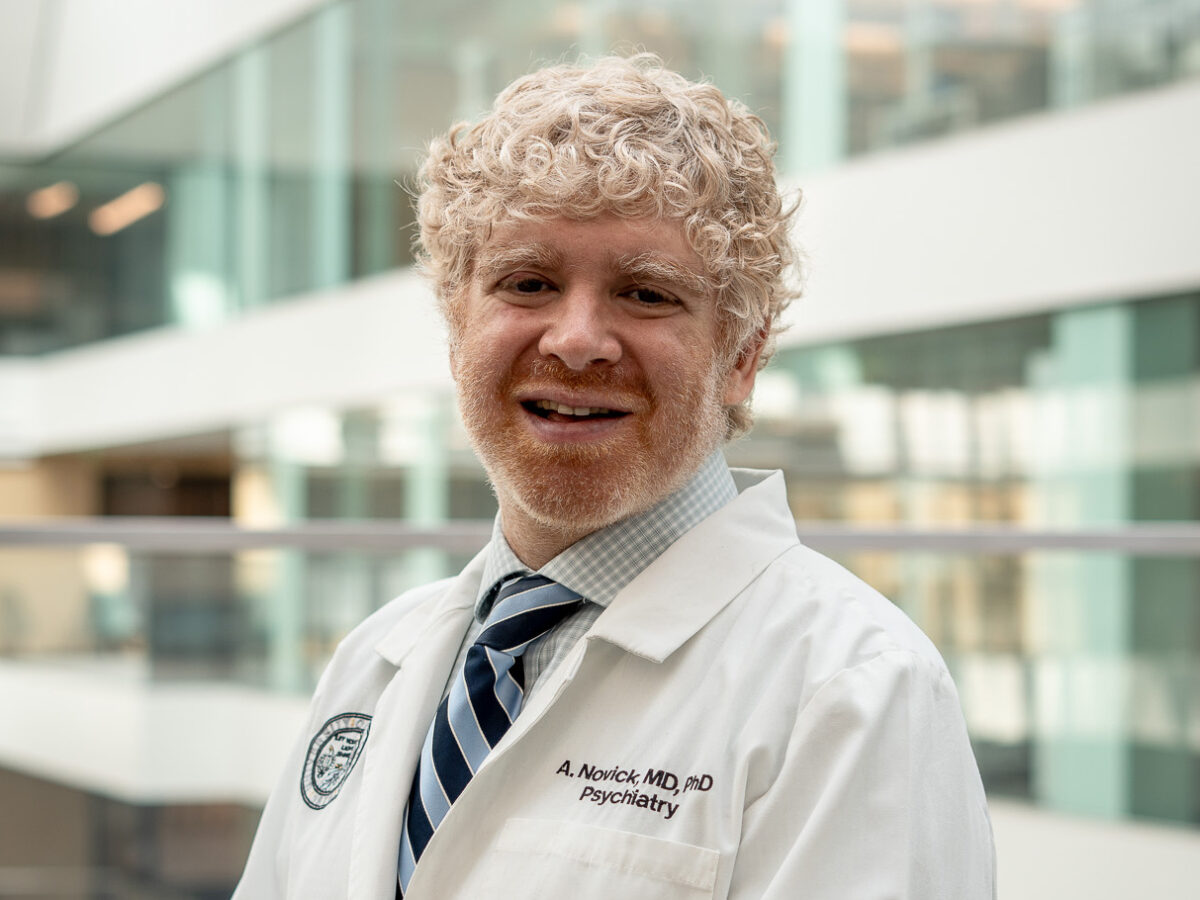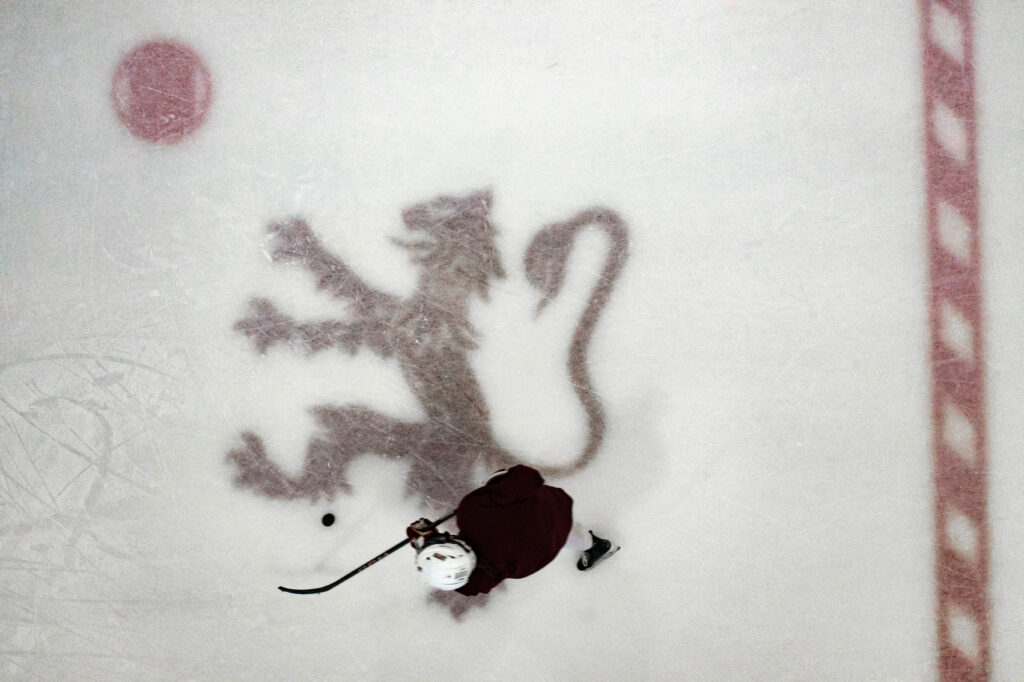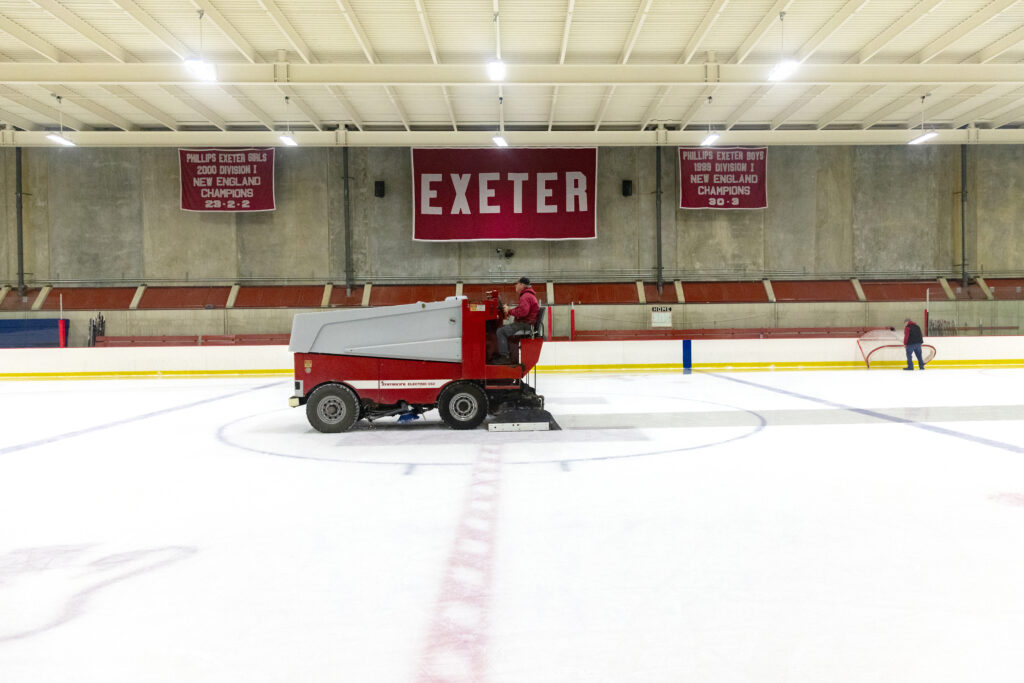Recorder of the Ages
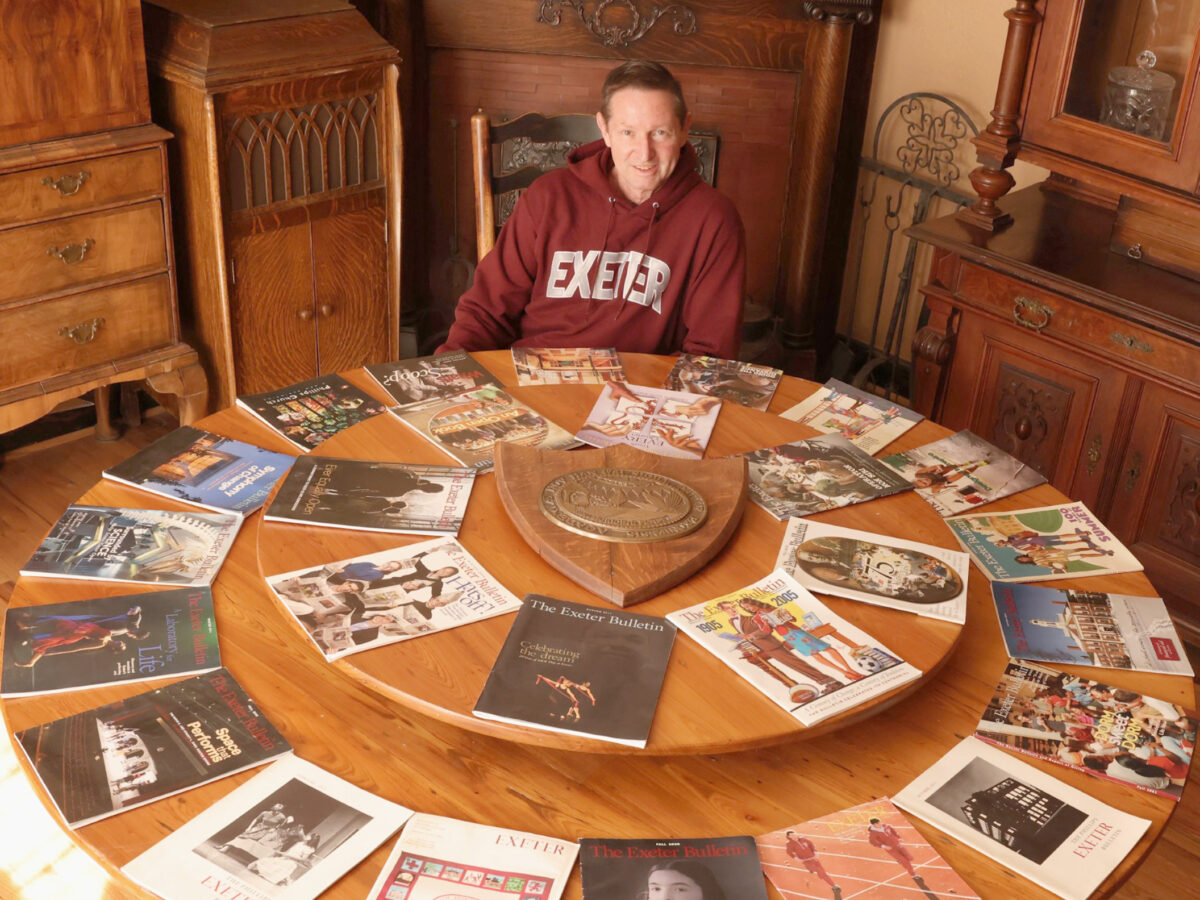
Robert Lutes ’73 remembers 20-plus years of writing the Class News and Notes column.
Possibly the best decision I have ever made, in my long affiliation with Exeter, was when I volunteered, during my 30th reunion, to become a class correspondent. That is, to gather the news and notes from my fellow 1973 classmates quarterly and write a column for The Exeter Bulletin. I had attended every one of my reunions since graduation, and I had always had an immensely good time, visiting with old friends, making new ones and spending time on the campus of the school I love dearly. So the opportunity to communicate with classmates more often seemed like a great idea. And I have never regretted it.
My co-correspondent in those early years was Sally Spoerl, who has been one of my best friends since seventh grade, and more recently I have shared the duties with Robert Barnett, another close friend who was a fellow Abbot Hall hooligan.
Gathering news from classmates is not without its challenges. In my first few years as a correspondent, a number of classmates didn’t have email. Instead, the Academy provided stamped postcards to send to them. Somewhat tenuously attached to each postcard was a blank card, also stamped and affixed with my address label. Rather frequently the two cards became separated in the mail and the postal service would dutifully send the blank card back to me. When I received the first of these blank cards, I thought a classmate was sending it back anonymously, silently telling me, “This is what I think of your request for news.”
But I always hear back from a few classmates, sometimes quite a few, and receiving those messages is always a bit of a dopamine hit. Nowadays all the correspondence is through email, and the Alumni Office makes it easy by sending a blast email to the class, containing whatever begging, cajoling or threatening message we wish to use in order to solicit contributions from our friends.
The most common reason that classmates give me for not sending in news is the feeling that they have not done anything worth speaking about, compared with what others have done. One time I sent out my request for news, saying that they need not have won an Olympic medal or a Nobel Prize for their lives to be newsworthy. Then one of our classmates, Paul Romer, won a Nobel Prize. Now I have to say that Paul never wrote to tell me about the award, but I felt it was newsworthy enough to be included in the class notes. And I am sure that some classmates felt even more intimidated and became even less likely to send in their family news. But I am equally certain that Paul wanted to hear about his friends’ grandchildren and vacations just as much as they wanted to read about his Nobel Prize.
As we get older, I receive lots of news about children, grandchildren and travels. Hearing about these moments of pride and excitement provides me with a feeling of intimacy with classmates that I could not otherwise experience. Sometimes classmates reminisce about their time at Exeter, and those memories will take me back as well. Suddenly I’m that awkward teenager again, worrying about, in increasing order of importance, that English paper I still haven’t written, or the upcoming track meet, or why that one girl doesn’t like me back. (After all, I stood there, leaning against the wall of the Davis Student Center all evening, staring at her, so what more could she want from me?)
Only once did I find my work being censored. My classmate Susan had written about her sporty new car, which was faster than every other car around. Anticipating further midlife needs for excitement and inspired by a popular television show called “Pimp My Ride,” I speculated that soon she would be driving a “pimped-up truck,” before ending up riding a Harley as she approached old age. The Academy couldn’t abide such a suggestive term, and “pimped-up truck” became simply “pickup truck,” and the message I was trying to convey became somewhat deflated.
Exonians don’t just have amazing careers and wonderful families and do things that fascinate us. Sometimes they die. I wasn’t quite prepared for the emotional strain of reporting on a classmate’s death the first time. I was glad that I was not a class correspondent when my best friend died at a far-too-young age in the late 1980s. That was devastating, and I don’t know how I could have written about it.
But I have learned that death, however sad, is also an opportunity to celebrate life. Honoring people with little stories about their lives, from my memories or those of classmates who were closer to them, or from things I learned online, allows me to get past the sadness of their passing and appreciate all that they did, and all the lives that they touched, while they were still with us.
An unexpected benefit of being a class correspondent is being invited to the annual Alumni Council Weekend, which is now known as Exeter Leadership Weekend. Every fall, representatives of all the classes gather at Exeter for meetings, lectures and school activities, with the goals of updating us on new developments at the school and gleaning ideas for further improvements.
Among the initiatives we have learned about over the years are improvements in diversity at Exeter, the concept of non sibi, increased importance of the arts at the school (so now the focus is on three A’s: academics, athletics and arts), and need-blind admissions (so financial concerns are never an obstacle to attending the Academy).
For me the highlight of the weekend is the Friday evening dinner with the senior class. These students are really what Exeter is all about, and they never fail to impress me with their enthusiasm for and love of the school. They always seem to be far more intelligent, mature and well-rounded than we ever were as students, and we alumni always come away from that dinner thinking that we would never be able to get into Exeter today. The students always want to know about our days at Exeter, and especially about the early days of coeducation.
Sometimes you really connect with a student. One year I was walking to the dinner in the gymnasium with two classmates, Sally and Kris. Walking toward us was a student with a big smile. We decided we wanted to sit with this happy young woman. She told us how much she loved Exeter and couldn’t imagine what it would be like to no longer be a student there.
I shared the story of my last few hours as a student. Graduation was over and my family had to leave right away. I stayed behind to say goodbye to friends. One by one they drove off with their parents, and after a few hours everyone was gone. The campus was eerily deserted. I took my stuff out of my room and piled it in front of Abbot Hall. And then it hit me. My time as an Exeter student was really over, and a wave of sadness, the profundity of which shocked me, overcame me. “Oh my,” the student said, “that’s exactly how I’m going to feel. I don’t know how I’m going to bear it!”
Being a class representative helps you to bear it. Hearing from classmates is sort of like being back at school with them. And rewriting their stories for the Class Notes enables me to appreciate their adventures. Visiting campus, I feel like a student again, but without the stress of exams or papers or broken hearts. Just the joy of seeing old friends, making new ones, visiting with students or attending an athletic event or a dance recital is a reminder of what an unbelievably special place Phillips Exeter Academy really is.
Robert Lutes ’73 has been a class correspondent since 2003. He holds a degree in art history from McGill, a master’s degree in public health from Harvard and a medical degree from the Medical University of South Carolina. He has worked in emergency medicine for the past 34 years.
Interested in becoming a class correspondent? Contact Cathy Webber at cmwebber@exeter.edu
This article was first published in the spring 2025 edition of The Exeter Bulletin.
